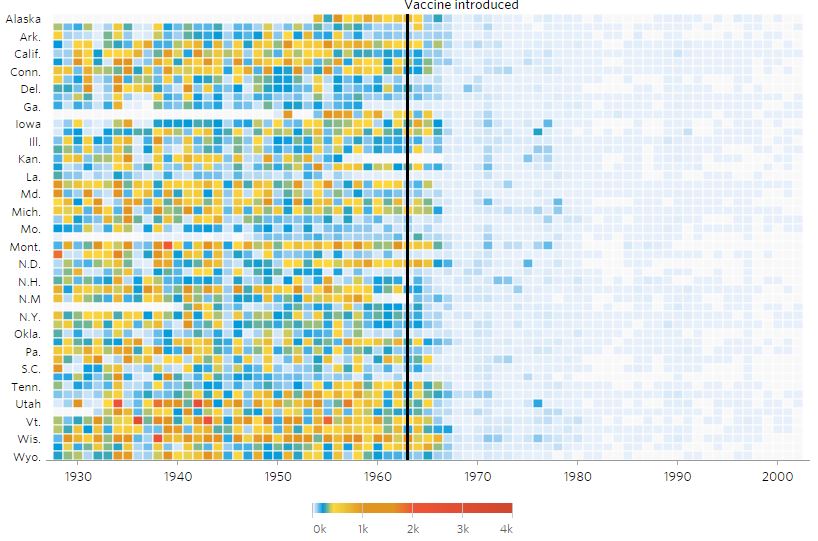 Childhood mortality was falling in the 20th century – even before immunisation programmes were introduced. A new study set out to estimate the impact of vaccines in the dramatic public health improvements that have been achieved.
Childhood mortality was falling in the 20th century – even before immunisation programmes were introduced. A new study set out to estimate the impact of vaccines in the dramatic public health improvements that have been achieved.
Better hygiene and sanitation, improved nutrition and housing, access to formal healthcare, clean water and antibiotics – the 20th century enjoyed the benefits of major leaps forward. The death rate among children fell as a result in developed countries and, with the arrival of vaccination in the middle of the century, the impact of diseases such as diphtheria, tetanus, pertussis and polio was reduced.
But just how big a contribution did vaccines make? Disentangling the major factors that delivered better health for children is far from easy but researchers in the Netherlands decided to take on this complex tasks.
They studied mortality data from 1903 to 2012 in the Netherlands and calculated the contribution of the major causes of death in children. Their findings, published in Lancet Infectious Diseases, show how vaccines accelerated steady progress that was already well under way.
“Over the 20th century childhood mortality burden declined drastically in many countries around the world,” says Maarten van Wijhe of the National Institute for Public Health in the Netherlands. “We show that even though the mortality burden was already declining, vaccination programs did contribute to lowering it even further, averting thousands of deaths among children since the mid-20th century.”
Before vaccines were widely available, diphtheria accounted for 1.4% of overall mortality, pertussis accounted for 3.8%, and tetanus accounted for 0.1%. After vaccination was introduced, the contributions of each of these diseases to mortality decreased to almost zero, the investigators wrote. Similar patterns were observed for polio, mumps and rubella.
Van Wijhe says vaccine critics sometimes play down the impact of vaccination programmes, claiming that declines in childhood mortality would have happened without immunisation.
“However, we show that mass vaccination programmes did contribute to lowering childhood mortality burden. Our study helps to emphasize the effectiveness of vaccination programmes not just to public health experts, but also to parents so they can make an informed decision about vaccinating their children.”



